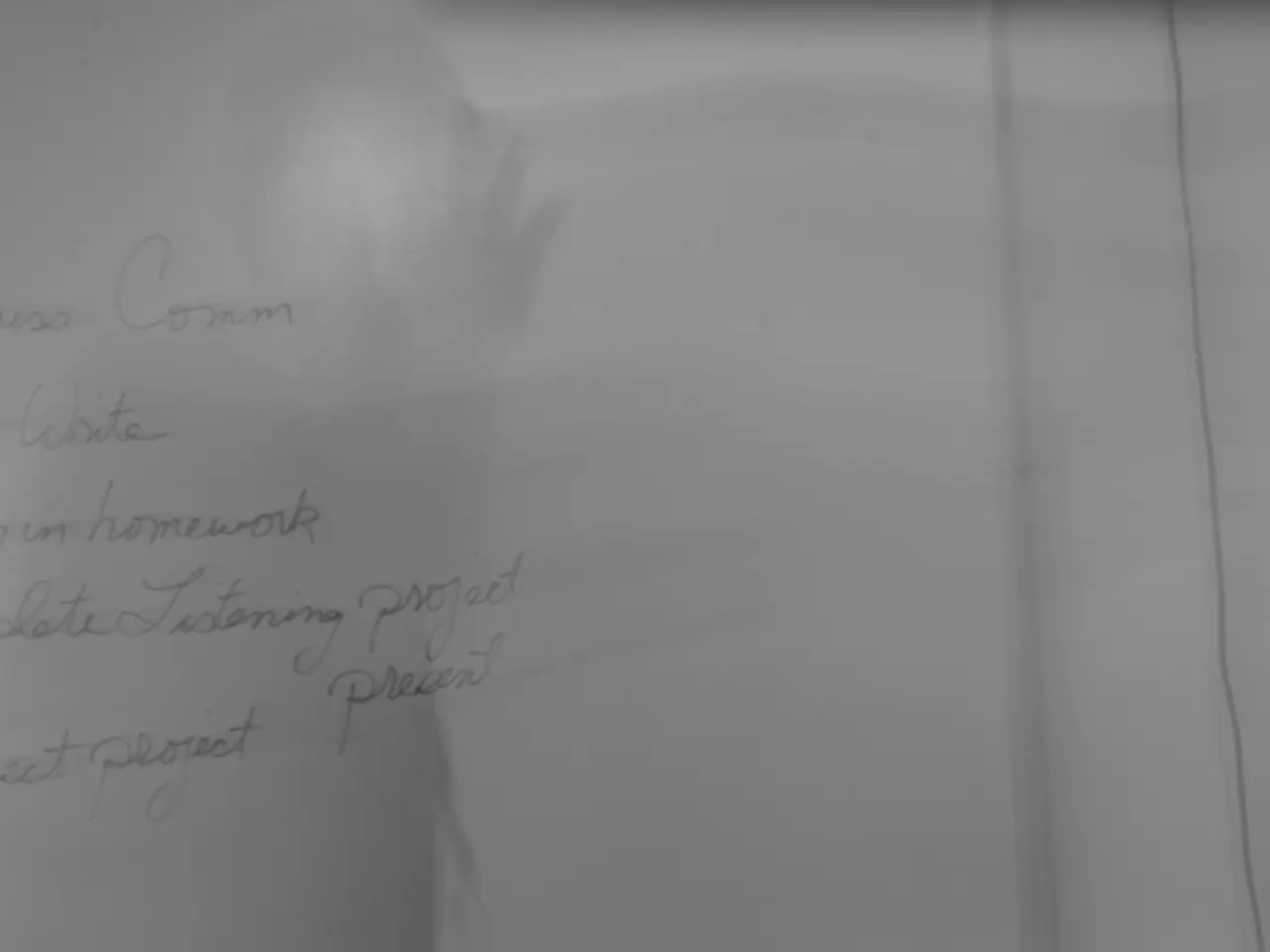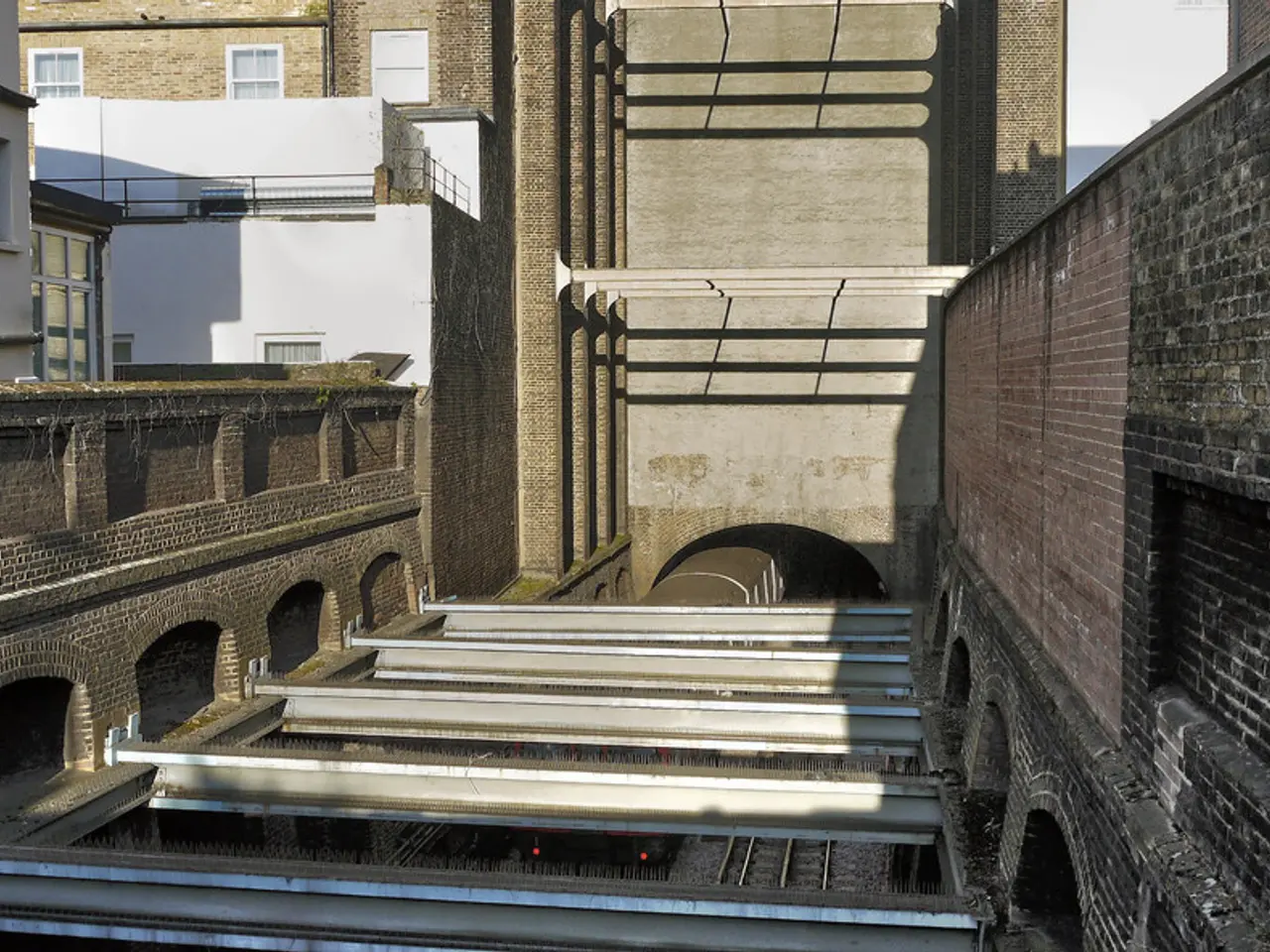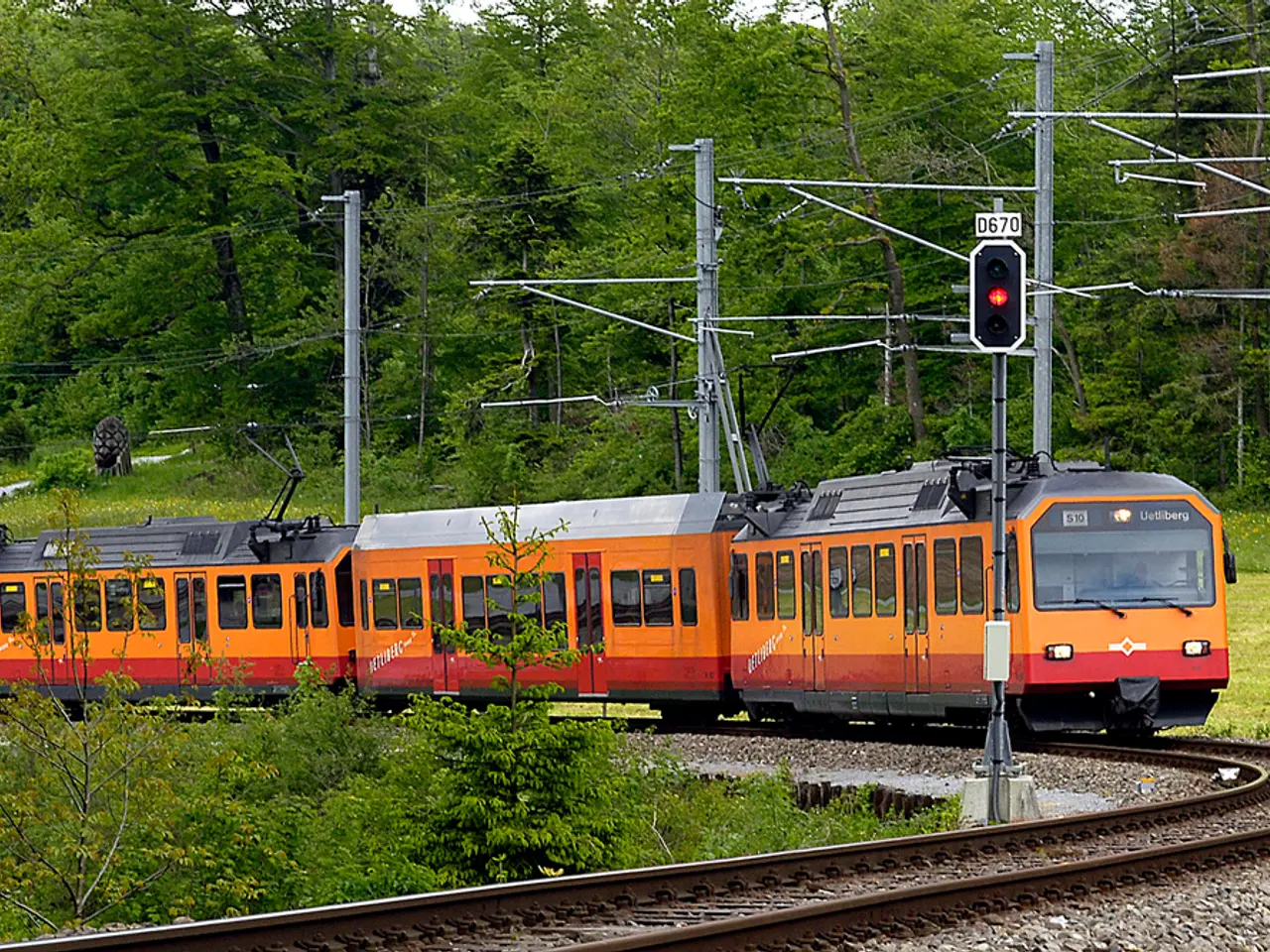Economic sector at risk of imminent downturn
Russia's Industrial Decline in July 2025: A Continuing Trend
In July 2025, Russia's industrial sector faced a significant decline, marking a continuation of the downward trend that began earlier in the year. According to the Institute of National Economic Forecasting (INEF), the causes of this deterioration are multifaceted, including reduced demand, rising costs, budgetary pressures, and external economic shocks.
The decline in industrial production has been particularly noticeable in key sectors such as motor vehicles, building materials, furniture, rubber and plastics, and metallurgy. For instance, motor vehicle production fell by 16.6%, while building materials production dropped by 7.1%. This reflects a cooling of consumer demand after last year’s overheating and a general stagnation across other manufacturing industries [1].
Tight housing and communal services, and cooling demand have also contributed to weakening industrial activity. Reduced demand in housing construction and related industries has taken a toll on the overall industrial output [1].
Rising construction costs and fiscal constraints, partly due to heavy spending on the war in Ukraine, have led to cutbacks in civilian fleet modernization and other industrial investment programs. This has further exacerbated the industrial decline [2].
The oil and gas sector, a major source of federal income, has also seen a significant drop in revenues. Oil and gas sector revenues dropped 19% from January to July 2025 because of lower global prices, a stronger ruble, and halved gas exports to the EU. This revenue loss has squeezed the federal budget, forcing cuts in industrial and infrastructure spending [4].
The federal budget deficit has ballooned to 3.8 trillion rubles ($47.3 billion) by mid-2025, over triple the original target. This has reduced funds available to support industrial activity and modernization [2][4].
Monetary stagnation and economic downturn have also played a role in the industrial decline. The money supply has grown only 1.6% year-to-date versus around 5-6% in previous years, indicating tightened liquidity. Official optimism is fading amid acknowledged recession risks, inflation is underestimated, and real incomes are deteriorating, which collectively depress industrial demand and output [3].
The automotive industry has been particularly hard-hit, experiencing a sharp collapse leading to reduced workweeks in large factories. Overall industrial activity hit its lowest point since March 2022 in July 2025 [5].
In terms of wages, the negative balance of plans for wage changes in July 2025 is a second consecutive occurrence. The peak of normal assessments of wage sizes was recorded in December 2023 (88%), but in July 2025, this figure fell to 77%. Participation in "wage races" continues to be rejected in the Russian industry [6].
Pessimism about sales forecasts, investment plans, and production intentions in July 2025 reached levels not seen since July 2022. The balance of industrial producers' production intentions turned negative for the first time since August 2022, and the negative balance of industrial producers' production intentions and pessimism about investment plans are comparable to those seen in Poland and Germany [7].
Price cuts have not yet revived demand in the Russian industry, but they have forced industry to reassess pricing plans, according to INEF. The share of "below normal" demand assessments in July 2025 surpassed the crisis peaks of 2016 and 2020, indicating a severe contraction in demand [8].
In conclusion, Russia’s industrial decline in July 2025 stems from reduced domestic demand after previous booms, cost inflation, fiscal and budgetary constraints driven by war expenditures and declining energy revenues, and broader macroeconomic weakness including monetary stagnation and recession pressures [1][2][3][4][5]. The negative balance of plans for wage changes, the deterioration in industrial health, and the pessimism about sales forecasts, investment plans, and production intentions all point to a challenging period for Russia's industrial sector.
References:
- Russia’s Industrial Output Falls Amid Weak Demand
- Russia’s Budget Deficit Triples as Economic Downturn Bites
- Russia’s Economic Downturn Deepens as Recession Risks Loom
- Russia’s Oil and Gas Sector Revenues Plummet
- Russia’s Industrial Activity Hits New Low
- Russia’s Wage Growth Slows Amid Economic Downturn
- Russia’s Industrial Producers Pessimistic About Future
- Russia’s Demand Collapses to Crisis Levels
- The industrial decline in Russia, as evident in July 2025, is attributable not only to reduced domestic demand but also to challenges in the finance sector, such as rising costs, budgetary pressures, and declining energy revenues, as cited by the Institute of National Economic Forecasting (INEF).
- The negative balance of plans for wage changes in July 2025, combined with pessimism about sales forecasts and production intentions among industrial producers, highlights the financial strain faced by the Russian industry, further exacerbating the industrial decline mentioned previously.




